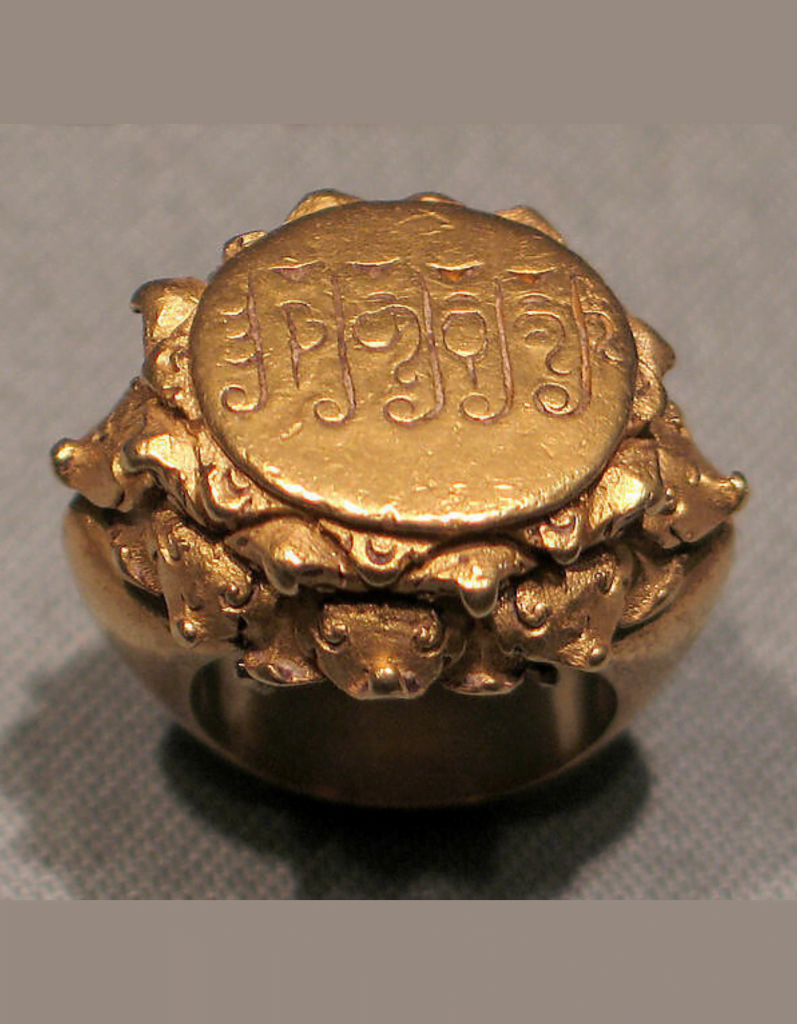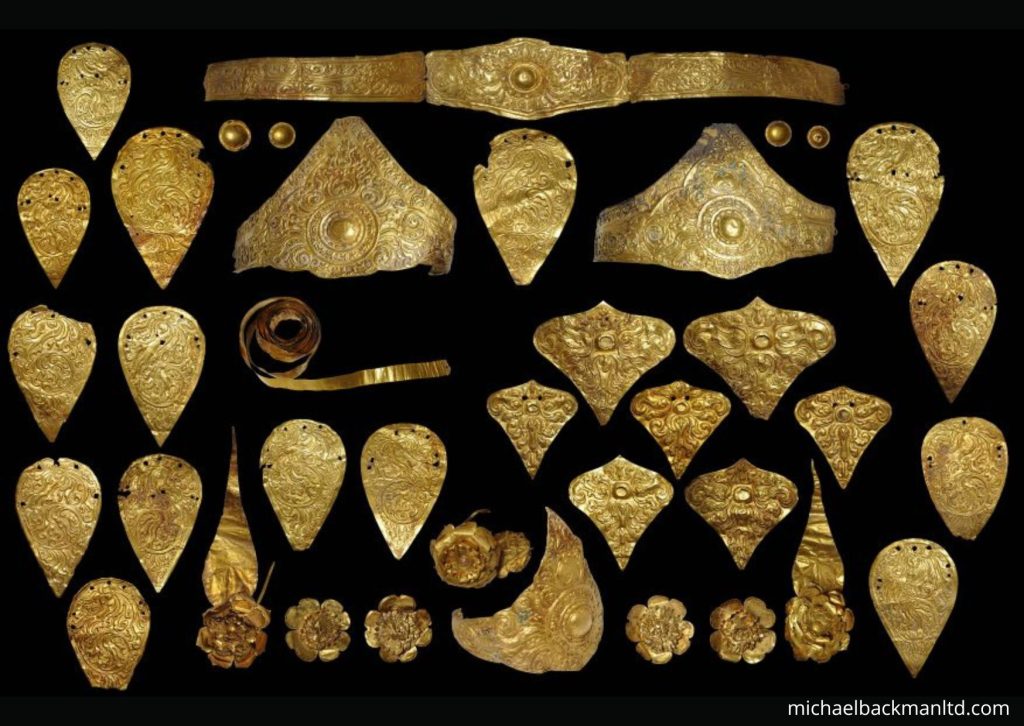Uncategorized
Brief History of Java Gold
Gold has been known to Indonesian society since prehistoric times. The earliest evidence of gold craftsmanship was found in Gilimanuk and dates back to the 1st century BC. Its appealing appearance made gold revered above all types of metals due to its high value. Gold was considered sacred and became a symbol of wealth. Although it has been known since prehistoric times, the use of gold as jewellery was most prevalent during the classical period. In Java, the classical period is divided into two: Central Java (8th to 10th centuries) and East Java (10th to 15th centuries). These two periods produced different artistic styles. Central Javanese art is naturalistic and realistic, while the depiction of living beings in East Javanese art underwent deformation.

Java stored a wealth of gold within it. However, this wealth was rarely exploited in ancient times, so gold was imported from three neighboring islands: Sumatra, Sulawesi, and Kalimantan. With the arrival of Hindu-Buddhism in the archipelago, Java emerged as a prominent center of art. This influx of Hindu-Buddhist influence not only shaped the region’s religious landscape but also significantly contributed to its artistic development. During that time, gold was used for clothing, rituals, and everyday items. Gold was also used as a form of appreciation. The Sumanasantaka book mentions that people who mastered the arts of music, dance, and literature would be awarded gold jewelry.
In the 8th century, political power was concentrated in Central Java and ruled by two dynasties: the Buddhist Syailendra and the Hindu Sanjaya. Central Java was home to ring production centers located in Banyumas. In the west, rings were also made in Priangan. Java’s golden age occurred in the 14th century under the rule of Majapahit. Gold was seen as a symbol of luxury and power. Gold and silver items were used for commercial transactions during the classical Hindu-Buddhist period. Gold jewelry served as its own currency and functioned as a standard payment for various goods and services such as wages, fines, and wedding celebrations.

Among all types of gold jewelry, rings were the most commonly found items during the classical period. Rings became symbols of wealth, social status, and power. They were also believed to possess magical properties that provided protection and good fortune to the wearer. Rings were produced in three ways: cast as a single piece, hammered from metal sheets, or made using wire. Typically, rings were made from metal alloys and contained three basic metal components: gold, silver, and copper. The ratio of metal composition varied in certain types of jewelry. Gold was the largest component, followed by silver, with a small amount of copper. Gold items from the early classical period had a higher gold content than those from later periods.
In Java, goldsmiths were referred to as pande mas. Ancient literature often highlights various groups of craftsmen and their skills, which were crucial in supporting Javanese society. The kingdom needed to involve its people to develop their talents and skills. This condition led to the growth of various specialist worker groups in ancient Javanese society. Several inscriptions have shown the existence of craftsmen groups in society according to their respective fields, commonly referred to as pandai, apande, or pande. They were a special community with a tradition of passing down skills through generations.

The profession of gold jewelry maker (pande mas) was a prestigious job and was highly respected. The Tantu Panggelaran book mentions that to establish the foundations of truth on the island of Java, the gods decided to descend to Java. One of them was Hyang Mahadewa, who descended to earth as a pande mas and taught humans how to make jewelry. The pande were often treated well, but their work was seen as a tribute (sign of loyalty) to the king or officials. They were not paid much for their services as they already received protection. Additionally, the king also granted tax-free land to goldsmiths.
Hindu and Buddhist religions always involved art in their religious ceremonies. The fall of the Majapahit era and the rise of Islamic influence caused the decline of the Hindu-Buddhist era and ended the golden era in Java.
References:
Golden Lotus Foundation. (Ed). (2017). Java gold: The wealth of rings. Italy: Grafiche Aurora S.r.l.
Haryono, T. (2000). Koleksi emas Museum Sonobudoyo. Yogyakarta: Proyek Permuseuman DIY.
Reid, A. (2011). Asia Tenggara dalam kurun niaga 1450-1680 jilid 2: Jaringan perdagangan global. Jakarta: Yayasan Pustaka Obor Indonesia.
Supriyanto, A. (2014). Pande mas dan perkembangan gaya seni relief pada perhiasan masa klasik akhir di Jawa. Jurnal Kriya Seni, 11(2), 97-108.


